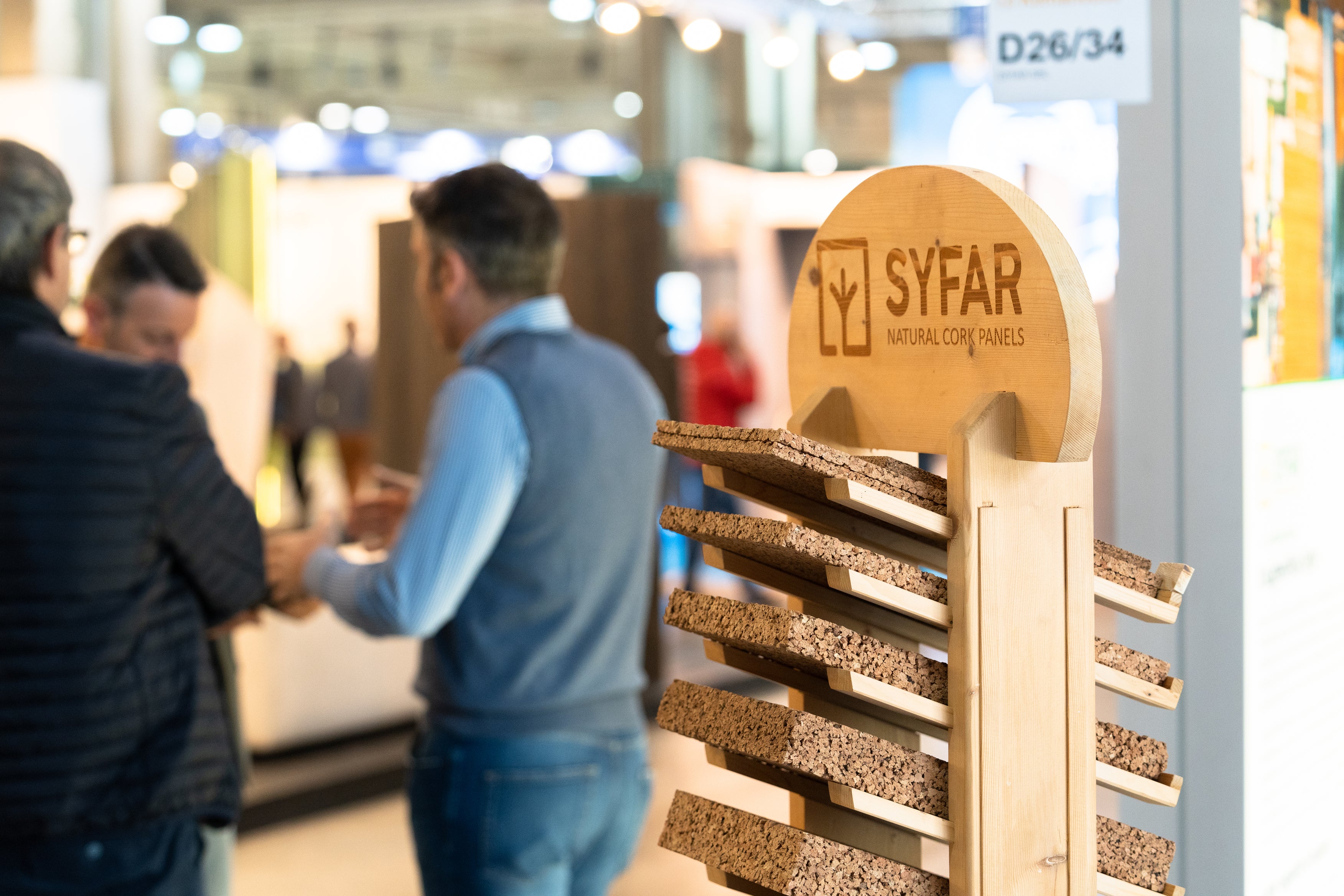Contact us
Have any questions?
We are at your disposal to provide you with all the information you need.
Frequent questions
What are the advantages of cork panels for the thermal insulation of houses?
Cork panels are an excellent choice for thermal insulation because they are light, durable, thermal and acoustic insulating, breathable and resistant to humidity and mould. Furthermore, cork is a sustainable and natural material, with low environmental impact.
How to install the cork panels for the thermal coat of the houses?
The installation of cork panels for the thermal insulation can be done with different methods, depending on the type of wall and the conditions of the building. In general, the panels are applied with a hydraulic lime-based glue, specific for cork, and then fixed to the wall with dowels or metal brackets. It is important that the installation is carried out by qualified personnel.
What dimensions and thicknesses do the cork panels have for the thermal insulation of houses?
The cork panels for the thermal insulation can have different thicknesses and dimensions, depending on the needs of the building. Usually, the standard dimensions are approximately 100x50 cm, while the thickness can vary from 1 to 12 cm.
What are the costs of cork panels for the thermal coat of houses?
The cost of cork panels for thermal insulation can vary depending on the quantity requested, the dimensions and the thickness chosen. In general, cork is an expensive material compared to other insulation options, but it offers unique advantages such as sustainability, breathability and durability over time.

